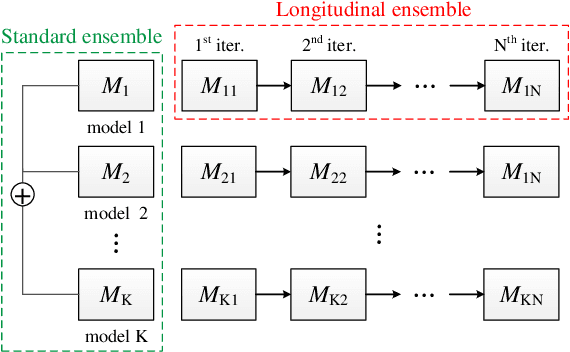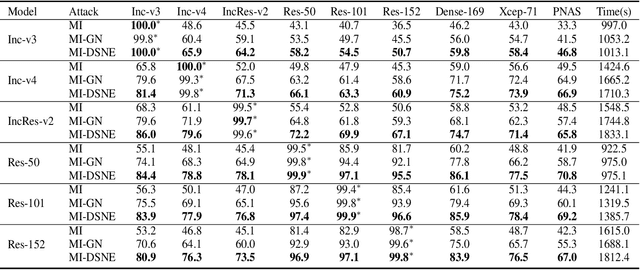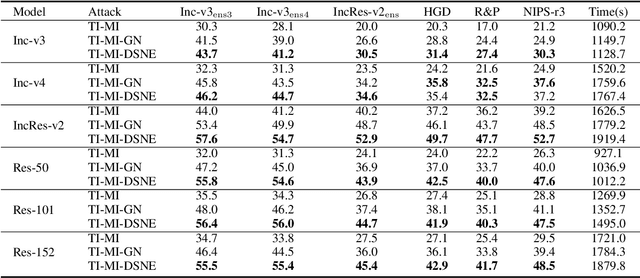Adversarial Attack via Dual-Stage Network Erosion
Paper and Code
Jan 01, 2022



Deep neural networks are vulnerable to adversarial examples, which can fool deep models by adding subtle perturbations. Although existing attacks have achieved promising results, it still leaves a long way to go for generating transferable adversarial examples under the black-box setting. To this end, this paper proposes to improve the transferability of adversarial examples, and applies dual-stage feature-level perturbations to an existing model to implicitly create a set of diverse models. Then these models are fused by the longitudinal ensemble during the iterations. The proposed method is termed Dual-Stage Network Erosion (DSNE). We conduct comprehensive experiments both on non-residual and residual networks, and obtain more transferable adversarial examples with the computational cost similar to the state-of-the-art method. In particular, for the residual networks, the transferability of the adversarial examples can be significantly improved by biasing the residual block information to the skip connections. Our work provides new insights into the architectural vulnerability of neural networks and presents new challenges to the robustness of neural networks.
 Add to Chrome
Add to Chrome Add to Firefox
Add to Firefox Add to Edge
Add to Edge